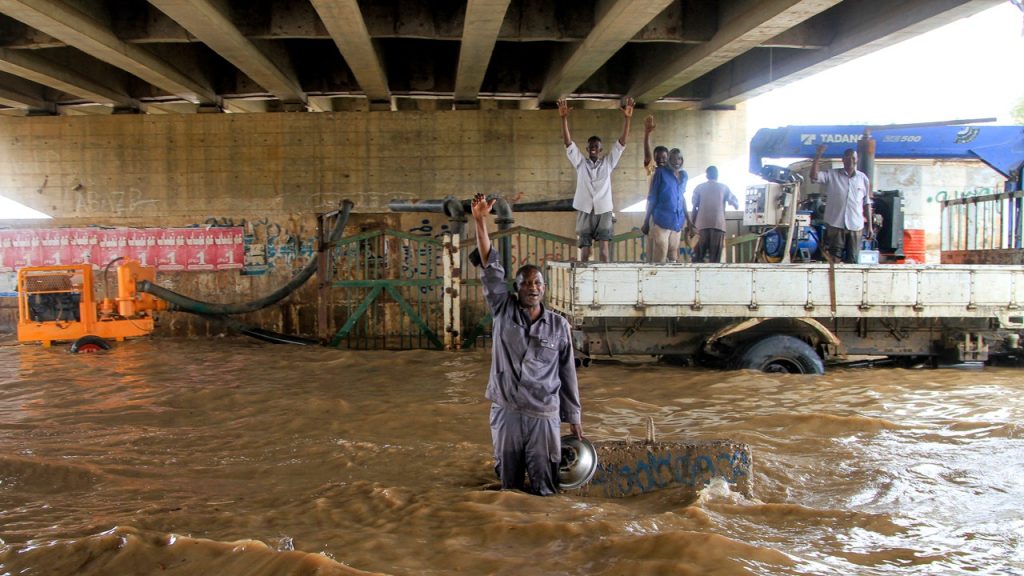Tragedy in Sudan’s Central Darfur as Village Disappears Under Landslide
In a heartbreaking development from Sudan’s war-torn Darfur region, an entire village appears to have been wiped off the map. Tarasin Village in Central Darfur was struck by a catastrophic landslide on Sunday, August 31, with preliminary reports suggesting a death toll that may exceed 1,000 residents. The Sudan Liberation Movement/Army (SLM-A), which controls the area, has released a statement describing how days of relentless rainfall triggered a disaster that “completely leveled the village to the ground.” In what can only be described as a miracle amid tragedy, they report that just one person survived the devastation, while an entire community was lost.
The scale of this disaster is difficult to comprehend—families going about their daily lives suddenly buried beneath tons of earth and debris. Minni Minnawi, Darfur’s governor, aptly characterized the event as a “humanitarian tragedy.” While the reported casualty figures cannot yet be independently verified due to the ongoing conflict restricting access to the region, if confirmed, this would represent one of the deadliest natural disasters in Sudan’s recent history. What makes this event particularly poignant is that many of those affected were already victims of displacement, having reportedly sought refuge in Tarasin after being forced from their homes in North Darfur by the paramilitary Rapid Support Forces.
Behind these shocking numbers lie individual stories of loss and suffering that may never be fully told. Entire families have vanished, along with their hopes, dreams, and futures. The SLM-A is urgently appealing to the United Nations and international aid organizations for assistance with the grim task of recovering bodies and providing emergency response to the disaster zone. The challenges facing any rescue or recovery operation are immense, complicated by Sudan’s ongoing conflict, limited infrastructure, and the remote location of the affected area.
This catastrophe unfolds against the backdrop of Sudan’s complex humanitarian crisis. The country has been caught in the grip of civil conflict for months, with fighting between the Sudanese Armed Forces and the Rapid Support Forces displacing millions. Many civilians have been forced to flee their homes, seeking safety wherever they can find it—only for some to encounter new dangers in the form of natural disasters. Climate change has exacerbated these challenges, with Sudan experiencing increasingly erratic weather patterns, including the intense rainfall that triggered this deadly landslide.
The destruction of Tarasin Village represents just one facet of the broader climate-related challenges facing Sudan and neighboring regions. Elsewhere in Africa, northern Nigeria has recently experienced devastating floods claiming at least 111 lives, as communities battle the paradoxical effects of climate change—swinging between prolonged dry spells and catastrophic heavy rainfall. These disasters disproportionately affect vulnerable populations already struggling with conflict, poverty, and displacement, creating compounding crises that overwhelm local capacity to respond.
As this story continues to develop, international attention must focus not only on the immediate humanitarian response but also on addressing the underlying factors that make such tragedies increasingly common. Sudan’s complex emergency requires coordinated action on multiple fronts: peace-building efforts to end the conflict, humanitarian assistance for displaced populations, and climate adaptation strategies to help communities withstand increasingly extreme weather events. For now, however, the focus remains on Tarasin Village—a community that existed one day and was gone the next—and on honoring the memory of those lost by ensuring such a disaster never again claims so many lives with so little warning.


